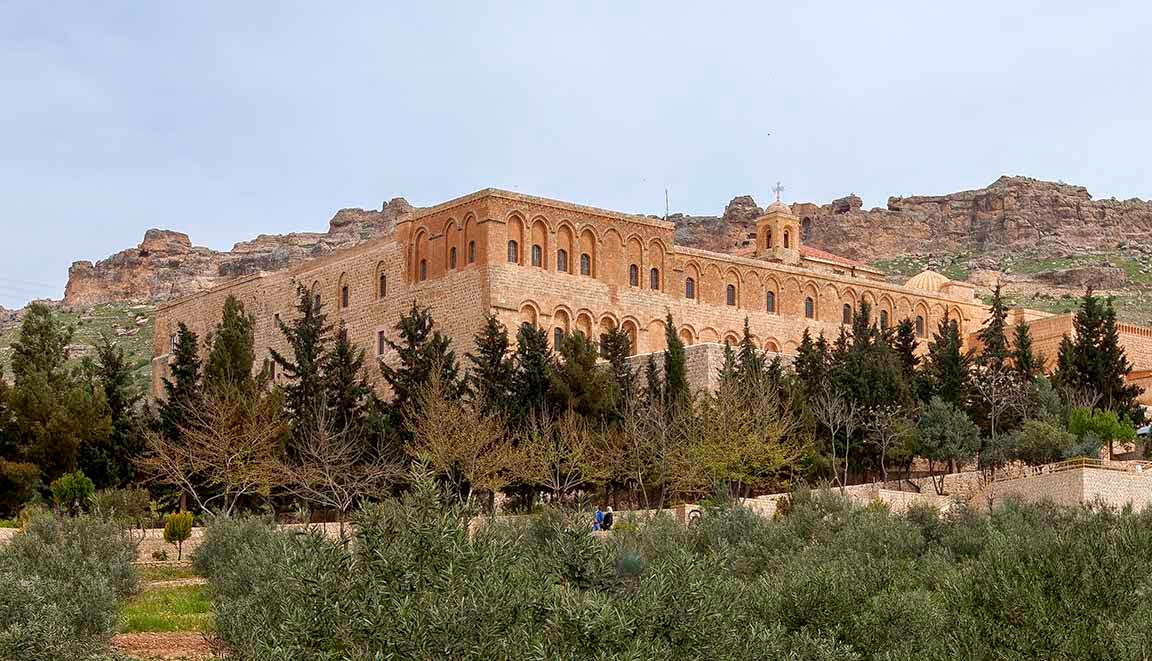Uzbekistan | Dabusiya
As you know, the Great Silk Road City Of Bukhara fell to the Mongols sometime of February of 1220. By the beginning of March Chingis Khan was ready to march on Samarkand. The two Jewels of Mawarannahr, Bukhara and Samarkand, were linked by the so-called Royal Road, an ancient thoroughfare following roughly the course of the Zerafshan River. Samarkand is 135 miles east of Bukhara as the crow flies, but upstream from Bukhara the Zarafshan River loops to the north before continuing on east, and the distance between the two cites via the Royal Road, which roughly follows the river, was between thirty-seven and thirty-nine farsakhs (148 to 156 miles) This was a journey was six or seven stages, or days, by camel.
The Zerafshan Valley (click on photos for enlargements)
Accompanied by the huge flock of levies who had been dragooned in Bukhara for the anticipated siege of Samarkand, the Mongol army proceed north on the Royal Road, probably passing once again through the towns of Shargh, Iskijkath, and Vabkent and finally reaching the edge of the Bukhara Oasis at Tawais. After another eight miles they passed by the Caravanserai Of Rabat-i-Malik and continued on twelve more miles to Kermaniye.
The huge portal of the Rabat-i-Malik Caravanserai
At some point beyond of the Bukhara Oasis Chingis Khan may have divided his army into two parts, with one contingent crossing the Zerafshan River and proceeding east on the north bank, and the other riding east on the south bank. According to a story told by the Chinese Daoist Chang Chunzi, who himself traveled along the north bank of the Zerafshan a year later, in 1221, Chingis Khan himself led the army on the north bank. The Chinese holy man saw “on the road a well more than one hundred feet deep, where an old man, a Mohammadan, had a bullock which turned a drawbeam and raised water for thirsty people. The emperor Chinghiz, when passing here, had seen this man, and ordered that he should be exempted from taxes and duties.”
Beyond Kermaniye the Royal Road veered to the south-southeast and passed a region dotted with numerous cities and towns that had flourished for a thousand years in the rich oases lining the Zerafshan RIver. This was the very heart of old Sogdiana. Chingis Khan, in his haste to get to reach Samarkand, did not linger in this well-populated and prosperous region. According to the Persian historian Juvaini (1226–1283), “whenever the villages in his path submitted, he in no way molested them.” The historian al-Athir (1160–1233), however, asserts that Chingis Khan continued to seize able-bodied men in the towns he passed through, adding them to the already vast horde of levies he had dragooned in Bukhara. Al-Athir further asserts that these men were forced to march on foot along side the Mongol army and that any who fell from hunger or exhaustion were killed.
We hear of only two cities which put up any real resistance. The first was Dabusiya, located twenty-four miles south-southeast miles east of the current-day town of Karmana on the south bank of the Zerafshan. One of the half dozen or so major cities of ancient Sogdiana, Dabusiya had been a well fortified city as early as 112 a.d., and in the early eighth century over 10,000 Sogdian and Turkish troops had unsuccessfully defended the city walls against Arab invaders. It was later occupied by the Samanids, and was still a well-fortified city when it it finally fell to the Qarakhanids during the reign of Ismail II al-Muntasir, the last of the Samanid rulers. With the defeat of the Qarakhanids it became part of the Khwarezmshah’s realm. Although still heavily fortified, with mammoth walls facing the Zerafshan River, it did not provide much of an obstacle to the Mongols. Chingis left a detachments of troops to besiege the city while he and bulk of his army hastened eastward to Samarkand. We hear no more of Dabusiya from Juvaini or other historians, but eventually the city fell to the Mongols and was at some point destroyed. It was never rebuilt and today there is no city or town of Dabusiya, although the ruins of the old city walls still rear up from the south bank of the Zerafshan.
Looking down the Zerafshan River from the ruined ramparts of Dabusiya
The walls of Dabusiya
Walls of Dabusiya
An old street running through the ruins of Dabusiya
One of the city gates in the distance, with a street running through the city
Street running through the city
The Zerafshan River upstream from the top of the city’s ramparts
Local people taking the ferry across the Zerafshan
Nowadays people come here to visit the tomb of Daliv Ismatulla Abrievich Imam, a famous local saint, whose mausoleum now stands amidst the ruins of the old city. Mausoleum of Daliv Ismatulla Abrievich Imam, situated amidst the ruins of Dabusiya
Mausoleum of Daliv Ismatulla Abrievich Imam
Tomb of Daliv Ismatulla Abrievich Imam
My driver (left), without whose help I would have never found Dabusiya; the imam in the charge of the mausoleum (center); and some guy who insisted on getting into the photo (right)
















